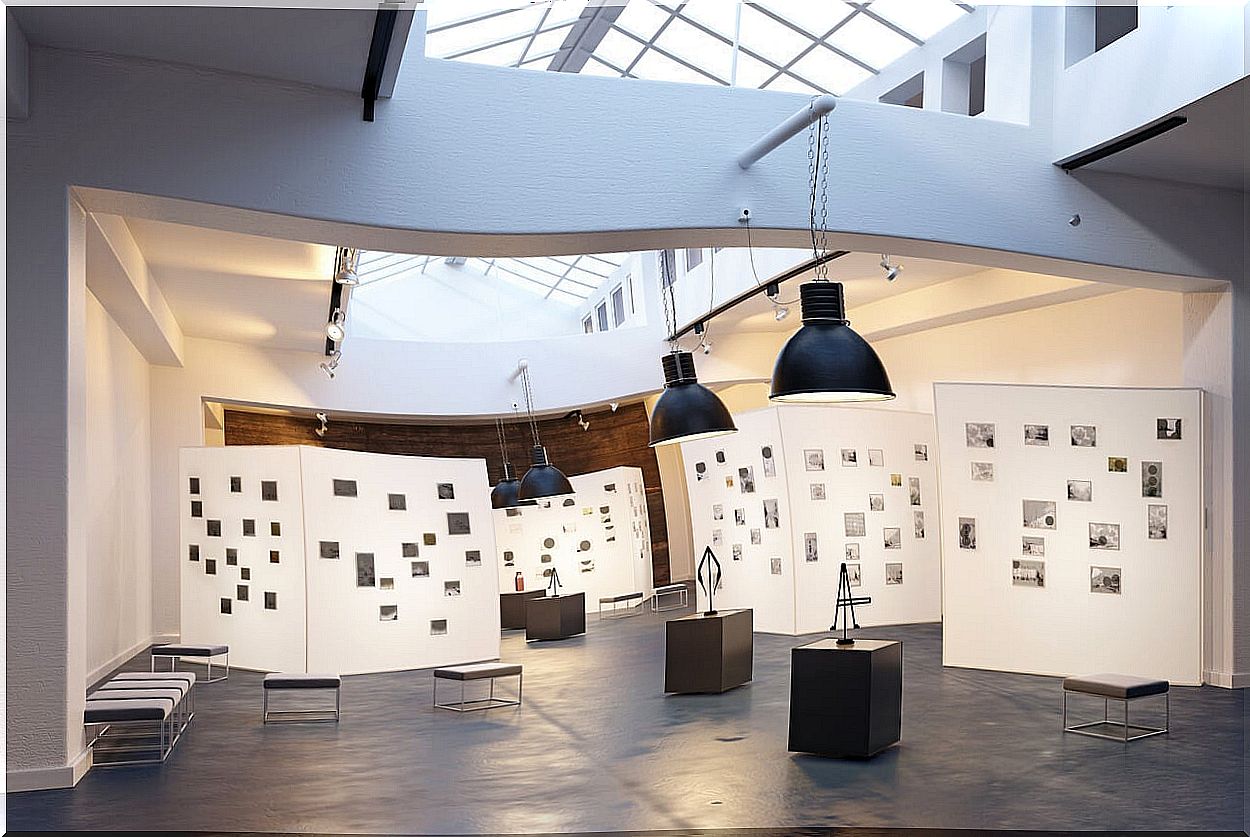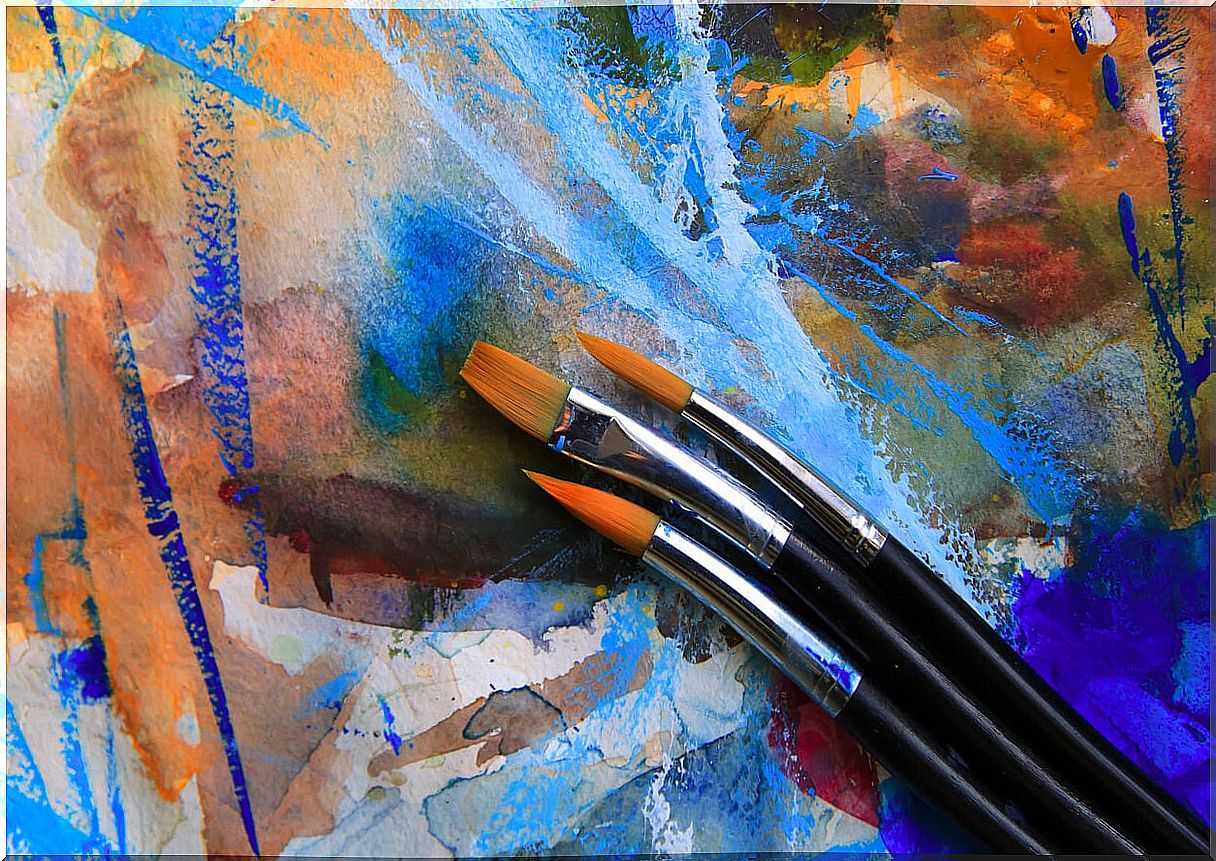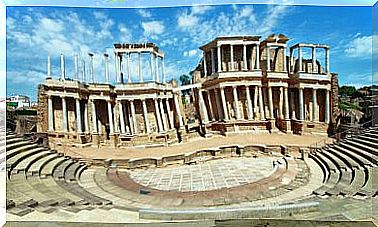MOBA, The Curious Museum Of Bad Art

The Museum of Bad Art or MOBA exhibits pieces of art that, for some reason, did not come to fruition. This is where works rejected, rejected or mistreated for not meeting the “aesthetic criteria” imposed by the institutions of art and society.
The museum seeks to celebrate the efforts made by the creators in their failed attempt to obtain a work of art as such. We are probably too used to believing that successes come alone and forget that they were preceded by countless failures.
One of the museum’s favorite slogans is “Art too disgusting to be ignored. ” Let’s see what this interesting place is about.
Birth of the MOBA
The MOBA was unknowingly conceived by Scott Wilson, an antique dealer who one day found a painting in the trash can. He decided to pick it up because he liked the frame, but when he showed it to several of his friends, they were fascinated with the set.
Over time, Wilson continued to salvage discarded works or to acquire them from third parties. Jerry Reilly and his wife Marie Jackson also collaborated in this task, who additionally held home meetings with guests and exhibited the accumulated paintings.
Perhaps in jest, but from those meetings came the idea of starting a serious collection of this type of work. This is how the MOBA was officially born at the head of its 3 founders, in 1993.
The ideal venue
The unexpected reception of the paintings by the public and the accumulation of these made the house look small. Therefore, its founders decided to create a headquarters; the site chosen was the warehouse of the Dedham Theater, in the United States.
A barrage of criticism, in some cases scathing, fell on the MOBA. Many said that this headquarters only served to be demolished. However, those who ran the museum laughed loudly: their decision had been correct.
It was the year 1995 and, by this time, the MOBA was already being recognized, to the point that several people donated works instead of discarding them. Best of all, the artists themselves began to hand over their failed works personally to the museum.
On the other hand, for various media the MOBA became the perfect target for all kinds of comments, especially negative ones. But as the popular saying goes: “it doesn’t matter if you speak well or badly of something, as long as you speak.”
The selection of works for the collection

The unusual interest of the artists themselves to be part of the MOBA project led many to want to donate their work. However, in most cases these were rejected, because for the MOBA staff it was necessary to follow certain paths.
The first of these was that the work had to be original and have a serious and sincere intention in its execution process. Additionally, it had to present significant flaws, without falling into repetition.
The MOBA curators were not interested in works whose errors were clearly deliberate. Nor did any kind of kitsch , pretentious or tasteless artistic manifestation attract their attention .
Trends in MOBA
Although the MOBA has been criticized countless times for going against “true” art, people like Marie Jackson have always said otherwise. Jackson says the Museum’s philosophy is to celebrate the sincerity of some artists and pay tribute to them.
In fact, today the Museum has more than 600 works in its collection and is a must on several tourist routes in the city of Boston. There are also a large number of articles and reviews made in newspapers and magazines around the world.
For example, a New York Times article by art critic Deborah Solomon noted that the practice of MOBA is now a trend in museums. Basically, they have exhibitions with “the best bad art.” Likewise, it has given rise to a global movement that promotes the collection of artistic works that nobody wants.
Additional aspects
The founders of the MOBA used to make traveling shows that depended on the place where the presentation was made. They were akin to performances that included staging, suggestive titles, and occasionally musicals. Examples of this were presentations made in a forest, in a car wash and in a spa.
A second museum venue was opened at the Somerville Theater in Davis Square, Massachusetts – United States – in 2008. In addition, the MOBA works have been exhibited in different museums in Virginia and New York, in the United States, and in Ottawa, in Canada.
The MOBA has also had time to show solidarity with some institutions, as happened in 2009 with the Rose Art Museum at Brandeis University. On that occasion, Michael Frank, musician and curator of the MOBA, auctioned the work Studies in Digestion on eBay and donated the proceeds to the university museum.
As of 2008, the MOBA came up with the idea of summoning its followers to baptize some of its works through its website. The idea arose as a result of the bewildering complexity involved in performing this task for the museum’s curators, so they decided to give the public a chance to see what would turn out.
A couple of anecdotes
In 1996 the work Eileen , by R. Angelo Le, was stolen and recovered from the trash. At the time, a reward of just over $35 was offered. Only after 10 years was the museum contacted by the alleged perpetrator, who demanded $5,000 to return the painting. Although the ransom was not paid, the work was returned.

Later, in 2004, a Rebecca Harris self-portrait was stolen from the MOBA, for which her captors demanded $10. After a while, the work was returned to the museum with an envelope that made an anonymous donation of $10 official.
The experience of visiting one of the MOBA exhibits can end in uncontrollable laughter or unexplained crying. Likewise, it is capable of awakening ambiguous feelings such as the one recorded by a Canadian in the guest book: “This collection is worrying, but I can’t look the other way … just like a horrible car accident.”
Sow to reap
The work carried out by the MOBA has been so fruitful that others have copied the idea and are developing similar projects in Seattle, Ohio and Australia. In fact, the Commedia Beauregard theater company created a series of short plays from the paintings collected by the MOBA.
There are any number of very clever anecdotes and occurrences about this museum, but a central idea stands out that can be summed up in what one of its founders said: “Extreme ugliness is more surprising than extreme beauty and forces people to think more deeply. ».
As Jason Kaufman, a sociology professor at Harvard University, wrote: «The MOBA (…) deliberately mixes the badly done with the ingenious and intelligent (…) Furthermore, it illustrates its central objective to make fun of the judgment system by which the people identify what is bad from what is not.










